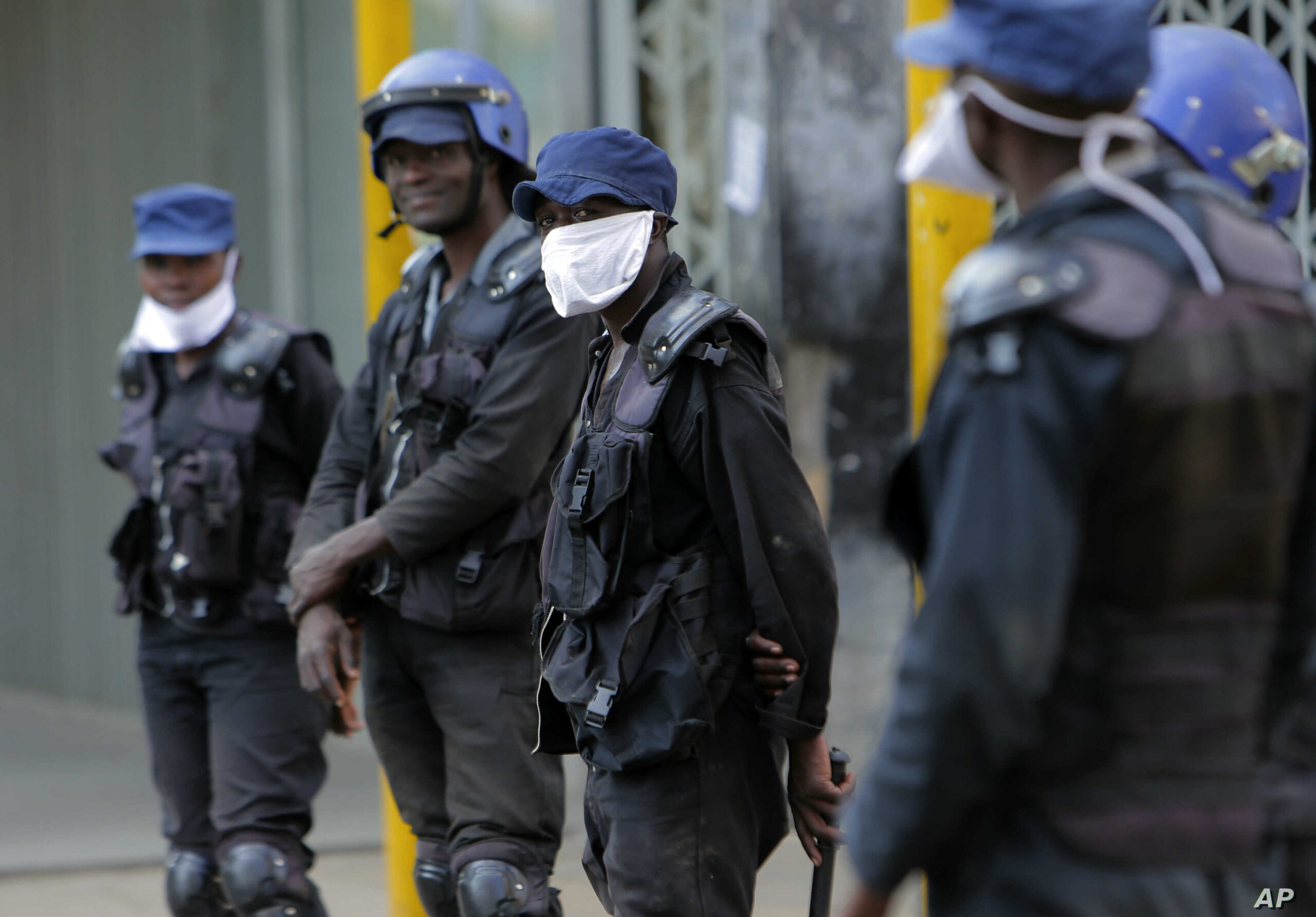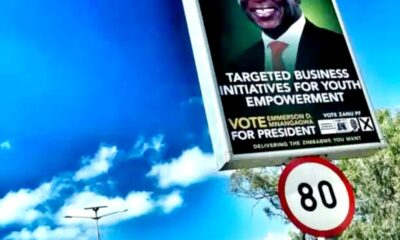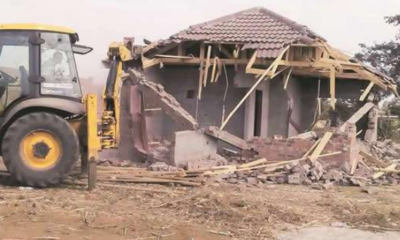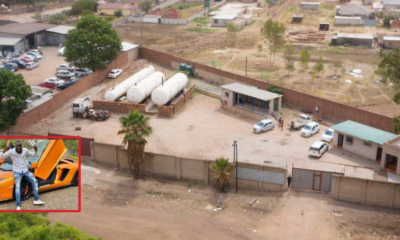WORSENING economic conditions, coupled with growing unemployment with most Zimbabweans struggling to eke out a living in the informal sector are among the major reasons why this week’s shutdown flopped.
NYASHA CHINGONO
Zimbabweans, most of whom engage in small businesses for subsistence, somewhat took a back seat this week, choosing to go about their usual business.
Analysts say it is a tough ask for pressure groups to rally Zimbabweans making a living in the informal sector or small to medium scale enterprises to join a protest of this nature. With the economy now littered with street vendors, small businesses and entrepreneurs, each minute of productivity counts analysts say.
As well as those who engage in forex trading and other street deals, staying at home means loss of the day’s business. It could cost them rentals or food money. The situation differs from the 1990s where the labour movement was strong as a result of a thriving industry.
Before shutdowns, inclusing the 1998 food riots, union leaders would mobilise their members to participate, moving from one company to another, to engage workers hence success in stayaways or demonstrations.
Although some trade unionists publicly sup ported the stayaway, there was no ownership and a clear leader unlike in previous successful stayways, where the Zimbabwe Congress of Trade Unions would openly call and mobilise for action.
Rashweat Mukundu, a political analyst, said Monday’s shutdown lacked clear leadership while the informal nature of the economy contributed to its failure.
“The so-called shutdown was more of a social media call by students and health workers, I understand but there was no clear leadership demonstrated in organizing the shutdown. Most Zimbabweans are in the informal sector or hustling. Each day is a business day in which one must hassle and put food on the table,” Mukundu said.
Many Zimbabweans are navigating a precarious livelihood and the streets daily guarantee their next meal or ticket to stay longer in the city.
“There are various ways of protest that may no longer have currency in the context of Zimbabwe because of our socio-economic situation more so the changing structure of industry where it no longer exists in a formal way,” Mukundu said.
While those who called for the shutdown could be correct in demanding that government acts on the economic problems, other methods should be employed to achieve this objective. Apart from failing to widely disseminate information about #shutdownzimbabwe, it is apparent that times have changed.
The strategies of labour unions and other forces failed to discern that the economic structure and organisations has shifted, observers say. With companies folding and industrial capacity dwindling, it means more retrenchments and jobless people.
According to the Harvard University Centre of African Studies, about 80% to 90 percent of Zimbabwe’s population is in the informal sector. The country comes only second to Bolivia.
“Zimbabwe’s informal economy has been an important source of resilience over the past decades, as successive financial crises, the collapse of commercial agriculture, and de-industrialisation have forced workers out of formal employment,” reads a paper on the university site, entitled Innovation and Inclusion: Policy priorities for Zimbabwe’s Informal Economy published in July 2021.
Realising this factor, that most Zimbabweans are scrounging for a living in a shadow economy, shutdowns may possibly not be the best way to pile pressure on government to act. It is clear things have changed from the 1998 food riots to successful strikes in the 90s and early 2000s.
The ZCTU had considerable support but became weakened over the years due to a shrunken workforce.
“There is a need revisit the issue of protests and there is need for more engagement, consultative approach with concerned groups. You are better off protesting at your workplace, downing tools and toyi toying, but if you stay at home, we have a leadership that is very arrogant,” Mukundu said.
The ZCTU’s representation has been weakened considerably over the years and so has its power to mobilise. In the past, the ZCTU would mobilise its chapters around the country making shutdowns a success. But considering a paltry sized workforce that the workers’ body attracted on May Day, is testimony to its failure to mobilise.
It is imperative for pressure groups to come up with other strategies to mobilise Zimbabweans to speak out on the economic downturn that has destroyed livelihoods.
While discounting intimidation from the security forces, who maintained a heavy presence on the country’s roads leading into major cities the state of the economy was a huge factor in this week’s flopped shutdown.
The state also pre-emptied the protests by opening the transport sector to private players after a torrid week where thousands of Harare residents were stuck without transport. One could argue that the shutdown Zimbabwe was largely successful as the state was quick to rectify the emotive transport issue.





















